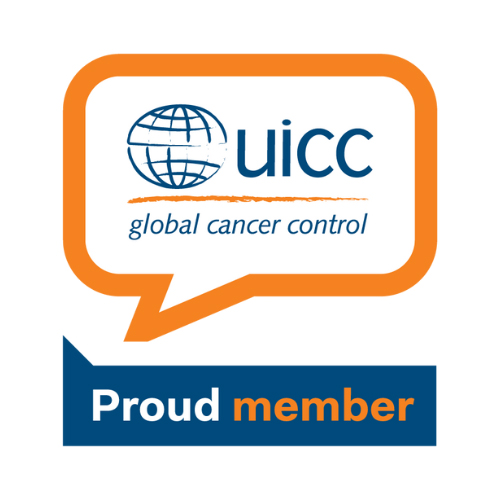Understanding Cancer Staging

Doctors use cancer staging to help determine a patient’s prognosis and treatment options, but the process can be confusing for patients. Let’s explore what cancer staging really means for patients.
If you or a loved one has ever received a cancer diagnosis, you are likely familiar with the cancer staging process. After conducting an array of tests, doctors often assign cancer to one of five stages: Stage 0, Stage 1, Stage 2, Stage 3, or Stage 4.
Sometimes, these stages can be further divided using letters, such as Stage 2A or Stage 3B. Without additional information or context, you might find yourself asking exactly what these numbers mean. Below, we take a more in-depth look at how cancers are staged, why staging is helpful for health care providers, and what it means for patients.
Why is Cancer Staging Needed?
According to the National Cancer Institute, staging is an important tool that provides doctors with information about where the cancer is located, how large the tumor is, and whether it has spread to other parts of the body. Once equipped with this information, doctors can better determine a patient’s prognosis (i.e., chance of survival), available treatment options, and potential for enrollment in clinical trials.
How is Cancer Staged?
Cancer staging can be clinical or pathological:
- Clinical Staging: Based on test results received before surgery, such as physical exams, lab tests, and imaging scans
- Pathological Staging: Based on what the doctor finds during surgery and provides the most accurate information about a patient’s prognosis
Staging is done as soon as a patient is diagnosed, before treatment begins. Once the stage of a cancer has been determined, it will not change over time, even if the disease grows, spreads, shrinks, or returns following treatment.
The TNM Staging System
Doctors often use the TNM staging system to determine a cancer’s stage. The National Cancer Institute explains how each letter of the system helps health care providers evaluate the extent of cancer in the body:
- T: Refers to the size and location of the primary tumor.
- N: Refers to the number of nearby lymph nodes that have cancer.
- M: Refers to whether the cancer has metastasized (i.e., spread to other parts of the body).
The organization notes that each letter of the TNM staging system is also assigned a number that provides more detail about the cancer. Depending on the numeric value assigned to each letter of the TNM staging system, doctors can determine which one of the five stages noted above — Stage 0, Stage 1, Stage 2, Stage 3, or Stage 4 — best describes the cancer.
Not all cancers are staged using the TNM staging system. Brain tumors, spinal cord tumors, and blood cancers are staged using other classification systems.
What Does Cancer Staging Mean for Patients?
Because health care providers often use cancer staging to help determine a patient’s likelihood for survival, patients might be tempted to research cancer survival rates after being informed of their cancer’s stage. However, it is important to remember that these survival rates are based on information gathered from hundreds or thousands of patients — people of all ages and health conditions.
What does this mean? While these statistics can give you a broad idea about most patients diagnosed with your cancer, they aren’t a good indicator of your individual chance of survival. Everyone is different.
Looking for a Second Opinion After Cancer Staging?
We at the National Foundation for Cancer Research (NFCR) understand that patients can be confused, frustrated, and unsure where to turn after receiving a cancer diagnosis. Our Cancer Patient Navigation Hotline links patients with certified oncology nurses to help them:
- Understand their diagnosis and treatment options
- Communicate comfortably with health care providers
- Access important information to cope with issues associated with cancer treatment
- Recommend top oncologists to meet patients’ unique needs and coordinate the referral process
- Identify clinical trials and new therapies for advanced cancer or rare tumors for which no standard care or effective therapy is available
Additional Reads You May Enjoy:
New Study Suggests Strong Social Support Can Improve Cancer Outcomes
How Valuable Is A Second Opinion?
Stay connected with us! Receive our monthly e-newsletter and blogs featuring stories of inspiration, support resources, cancer prevention tips and more. Sign up here.
A world without cancer is possible. Help us turn lab breakthroughs into life-saving realities.

5.7 Million+
Donors who have fueled NFCR’s mission

$420 Million+
Invested in high-impact research & programs

36+ Labs & Hundreds of
Nobel Laureates & Key Scientists received NFCR funding, driving breakthrough research













